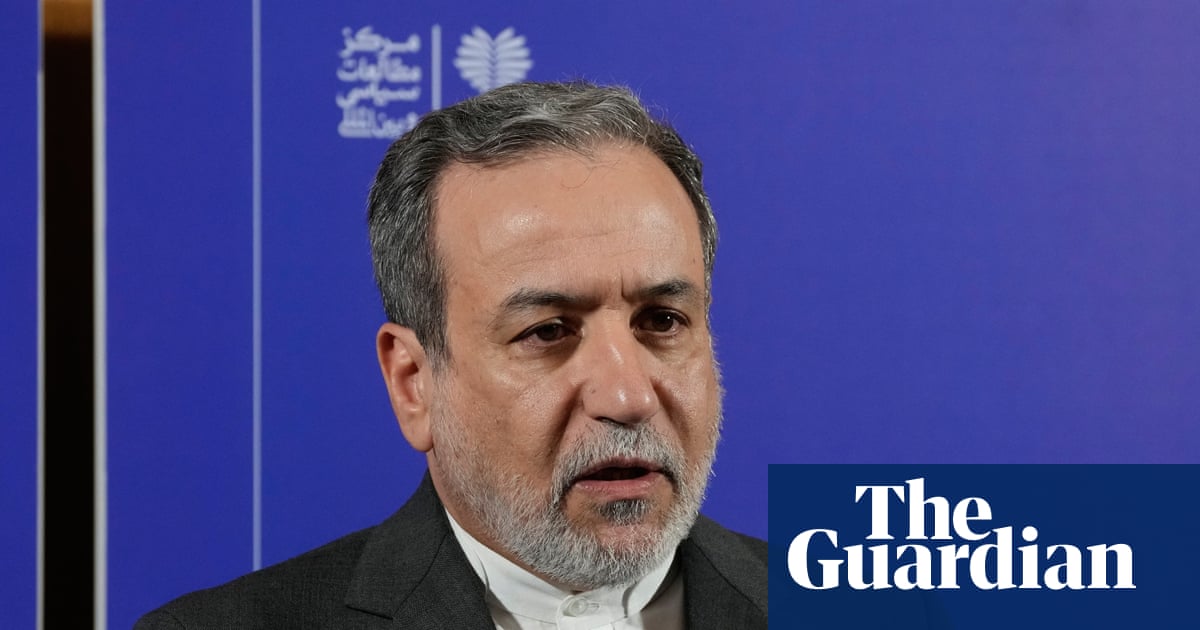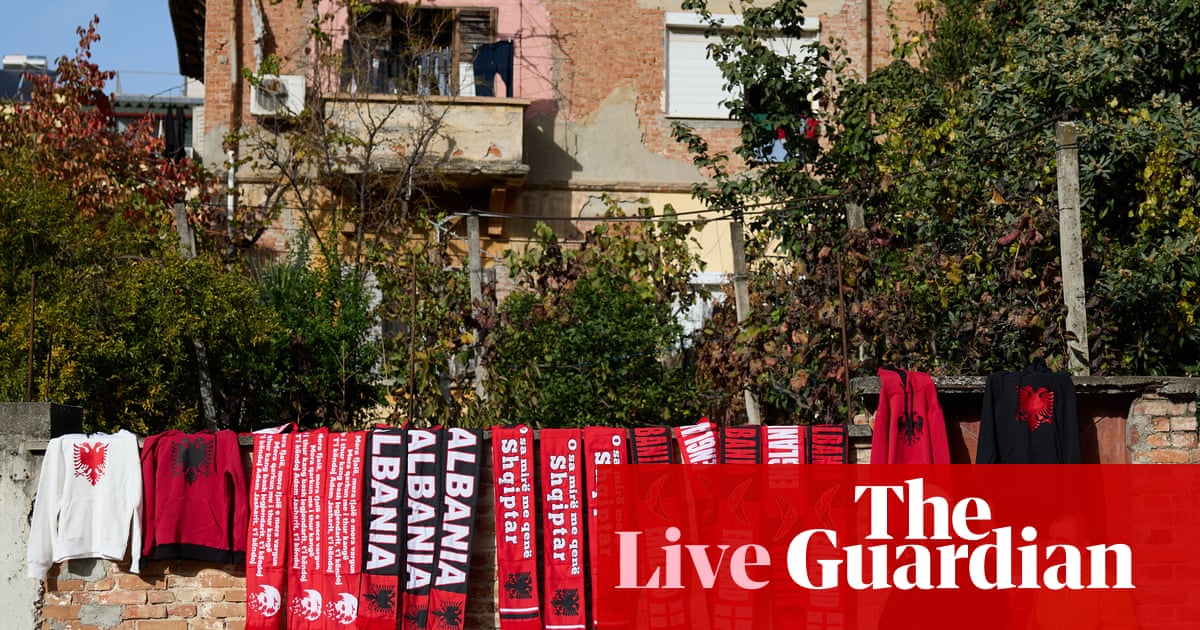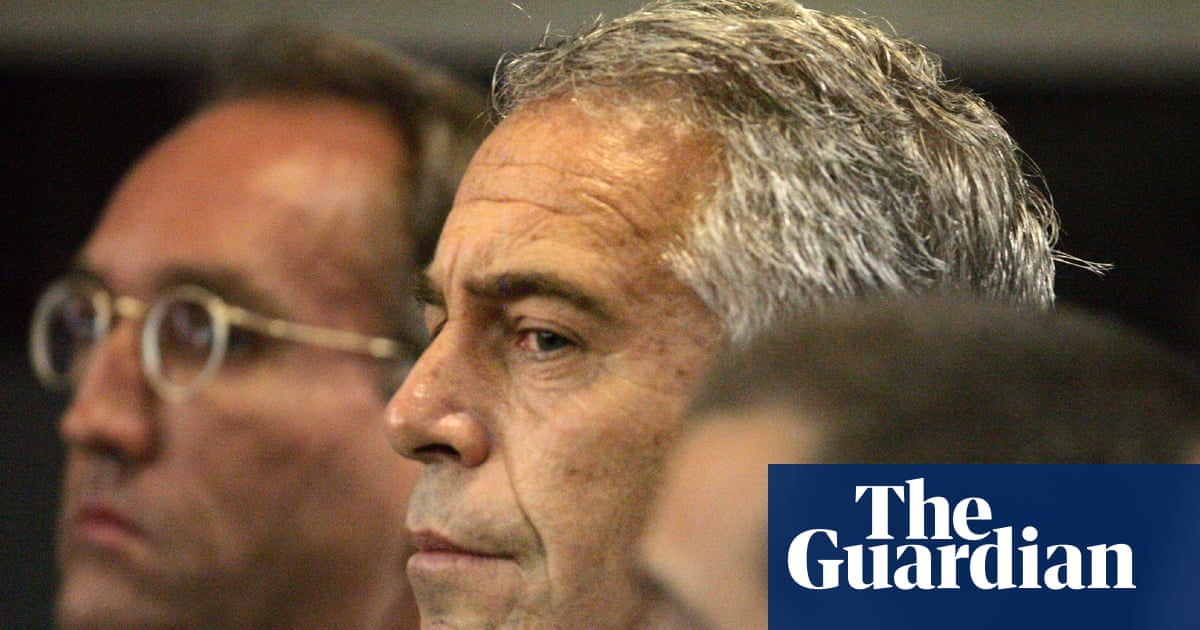Water, and its absence, has become Iran’s national obsession. In the mosques of northern Tehran the imams have been praying for rain, while the meteorologists count down the hours until the weather is forecast to break and rain is finally due to fall from the sky.
Forecasts of “rain-producing clouds” are front-page news. More than 50 days have passed since the start of Iran’s rainy season and more than 20 provinces have not yet had a drop. The number of dams that have less than 5% of their reservoir capacity had increased from eight to 32, and the crisis has spread from the central plains right across the country.
On Sunday, despite some reports of localised rainfall, authorities attempted to take matters into their own hands, launching cloud seeding operations to try to induce rainfall. Cloud seeding involves spraying particles such as silver iodide and salt into clouds from aircraft to trigger rain.
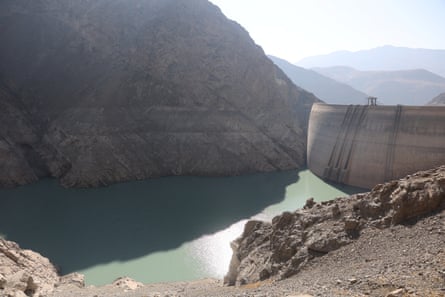
In Tehran, only 1mm of rain has fallen this year, a once-in-a-century event (the capital’s average annual rainfall between 1991 and 2000 was 350mm). All this comes on top of five previous years of drought. The second half of November is normally the snow season in the capital.
Snow cover has decreased by 98.6% nationwide compared with the same point last year, and in Tehran the daily temperature has been a balmy 20C. The price of bottled water has escalated and limits are being placed on purchases.
All across Iran, in towns and villages, organised rain prayers have been taking place. Past miracles are recalled, such as the spring of 1944, when wartime Iran was suffering drought and the people of Qom went out into the fields and for three days prayed for rain under the mocking eyes of their British occupier. After the third day, as the crowd scattered, the winds blew and the rail fell.

Rather than blaming the climate crisis, attention in some quarters has turned to whether this descent into calamity is God sending a disapproving message. The link between “blatant debauchery on our streets” and drought is drawn by Ayatollah Mohsen Araki, a conservative member of the Assembly of Experts.
Grand Ayatollah Javadi Amoli warned: “Sometimes cultural problems, social shortcomings and sin take away the grounds for mercy.”
Some MPs have also blamed the drought on the Iranian government for failing to enforce the restrictive hijab laws passed by parliament. Supporters of the president, Masoud Pezeshkian, asked in reply: why is Europe, where women are free to expose their hair to the wind, so green? One headline read: “Why do atheist countries have more rain?”

There is also discussion of what is the right kind of prayer. Dr Abdularin Saroush, a philosophy lecturer, distinguishes three forms of prayer – praise to God, supplication and request.
But for those looking for explanations of Iran’s water supply beyond faith and morality, Iranians also take new heed of those officials who warned about the imminence of a crisis in the past but were ignored.
Kaveh Madani, the award-winning former deputy head of the Environmental Protection Agency, recalls being told by senior officials not to use alarmist phrases such as “water bankruptcy”. He felt forced to leave the country when there was a crackdown on environmental activists, including himself, and is now the head of the Institute for Water Environment and Health at the United Nations University in Canada. He insists he was neither a prophet nor a fortune teller. But he also recognises how ordinary Iranians are puzzled by what has happened to their climate.
“There are questions like: ‘Have the clouds really been stolen?” Madani said. “Does burning diesel cause it not to rain? Is it possible to fertilise the clouds … Is it true that we can evaporate the water of the Persian Gulf and transport it to the Zagros Mountains to make it rain there?”
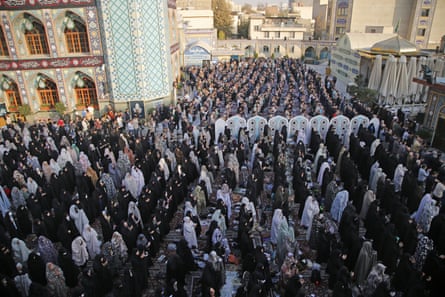
He says that, after the trauma of the Israeli attack in June, Iranians want to know what they can do to save their capital from a second catastrophe. According to Mohsen Ardakani, the director general of Tehran’s provincial waste and company, residents are already responding to appeals, cutting their water consumption by 10% in seven months, but he says a 20% reduction is needed.
However, few signs are publicly visible suggesting an emergency campaign to save the capital from imminent disaster.
Water rationing of a sort is already under way in Tehran, a city of more than 14 million people, as the water pressure is restricted after midnight. But Ardakani insists he will not resort to cutoffs.
Pezeshkian, a leader who has a habit of delivering alarming home truths to his fellow Iranians, grabbed headlines worldwide when he warned the crisis was so serious it imay be necessary by mid-December to evacuate the capital and move its residents south – remarks that were rejected elsewhere in government as not feasible.

But his proposal is not completely rejected as outlandish. Dariush Mokhtari, a senior academic in water resources management, admitted this week a situation may arise when the parts of Tehran most dependent on dam water would have to be evacuated.
Mostafa Fadaei Fard, another water resources academic, said: “Is there any city village or camp available to provide temporary or permanent residence for more than 15 million people anywhere in Iran? If it does not rain on other cities and villages of the country by the end of December should the entire country be evacuated?”
Mohammad Darwish, a popular Iranian environmentalist and the co-editor of a new book, Environment as Life, believes an environmental movement is growing in Iran, looking for practical solutions to how Iran adapts to the climate crisis.
Pezeshkian, by his dramatic warning of Tehran’s evacuation, has at least convinced his fellow Iranians that denial is no longer an option.

.png) 3 hours ago
7
3 hours ago
7




